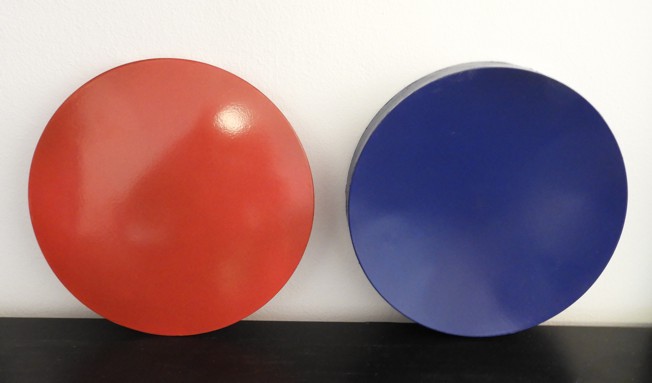| ABOUT | EBOOKS | SOFTWARE | VIDEOS | LINKS | CONTACT |
 Particle videos |
Here are two short animations showing the simplified movement of a high-speed, no charged, generic elementary particle and its granular structure in great detail, as the Prime Theory postulates. First one is a video displaying three layers of the particle's center, where groups of granules are rotating at the same speed. But their angular speeds are different due to the different radii of the quasi-circular trajectories. This hypothetical circular motion of the internal layers is an ideal one, showed for consideration purposes. In fact, the granules are having a slightly different kinematics, which is based only on the collision rules. |
|
|
|
|
Second video shows a generic particle (it could be a free electron, for example) of a half-integer spin, describing the helical trajectory when moving horizontally from left to right. It will rotate two times, 2 x 360 degrees, until it gets to the same position. The real particle's geometry is actually more complex, and its internal structure is formed of granular clusters, composed of many granules that are interacting. |
|
|
|
|
|
The animation above shows only the first "circle" described by the free particle, travelling at a high speed, from the virtual laboratory's frame of reference. This particular motion simply results from the granular laws the Prime Theory presents, and it is mostly based on the speed limit that our Universe imposes. |
|
 |
Here is another video showing in slow motion a composite particle (a generic meson), where the two component quarks have aligned spins. The particle, as a whole, describes in fact a more complex trajectory, having an additional revolution movement. |
|
|
|
 |
A generic elementary particle and its antiparticle (for example an electron and a positron) "seen" at an incredible zoom of 10^14 ! The convex (my personal convention), red one is positively charged and the concave, blue one has a negative charge. Their granularity (its scale is many orders of magnitude smaller) is not visible and their surfaces are therefore smooth and reflective. |
|
What the elementary particles would look like if they were magnified a million billion times! |
| Romānă |
